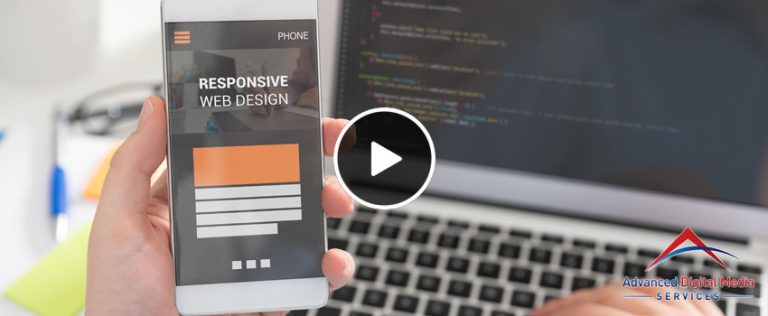Creating a mobile friendly website is key to ensuring that you keep your audience’s attention. This is important because mobile is what the majority of people are using for searching, buying, and even booking. If you don’t have your available content optimized for mobile, then you are going to be inaccessible to a good portion of today’s audience.
It is important to understand the limitations of mobile operating systems and their hardware. Modern websites will often use video or animation to make the customer’s visit a more engaging and fun experience. However, these things don’t always work as intended on mobile. In order to reach the most people possible, your content has to be accessible on as many various devices as possible.
With a massive number of people who consume mobile content every day, you need to invest in a mobile friendly web design. Here are some ideas on how to make your website mobile friendly to get more views and web traffic.
Media Queries
What are media queries? These are a type of specialized sheet that will tell your website to recognize the type of device your visitors are using and the size of the screen. Media queries are a type of coding within your site that will provide your visitors with a visual that is right for their devices.
Create Understandable and Readable Content
Some websites link to a PDF or other documents that are created on PCs and for PCs. As you can imagine, these documents can be quite difficult to view on mobile. This can lead to visitors leaving your website to find what they are looking for elsewhere. When it comes to both content and design, it is important to convey your message to your audience via all possible devices being used. A mobile friendly website should be able to hide all excess buttons or bars that could distract your visitors from your primary content and just offer the PDF content in an alternative way.
Make Sure Your Visuals Are High Quality
More mobile devices nowadays have HD screens (high-resolution). While it is important to have good content on lower resolutions, you also need to have some alternate images for viewing in 1080p and on 4k to 8k monitors. A mobile device needs to have a higher density of pixels than a TV to achieve this, which means that more of the surface space has to be covered, regardless of what screens or devices your website is being viewed on.
Keep Your File Sizes Small
That being said, even if you have high-resolution images, by having the lowest possible file size, this will mean a faster load time. Your pages should only take 2 to 3 seconds maximum to load. If they take longer than that, then your visitors will likely leave your site and look elsewhere for something faster.
Use Text
Marketers tend to steadily push the significance of imagery and videos. While that is important, do not forget that text can be just as powerful. Text can load much faster and is easier to re-format for visibility on a smaller screen. When creating a mobile friendly website, your fonts should be bigger and use line breaks more frequently. This will still take less work and time to complete than it would to re-format an image.
In conclusion, convenience is what has driven users to mobile. Everyone always has their phone nearby, and when you need to look something up, your phone is what you grab. Neither laptops nor computers can provide that same amount of convenience due to their obvious size.
There is much ground to cover when creating a mobile friendly website design. Our web designers have the experience and knowledge to elevate your page to the next level. Let us handle all the work for you!






